The inside story of how Tottenham signed Luka Modric and how they very nearly didn't get him at all
Modric will welcome his old team to the home of his new one on Tuesday and will do so with an established reputation as the best central midfielder of his generation
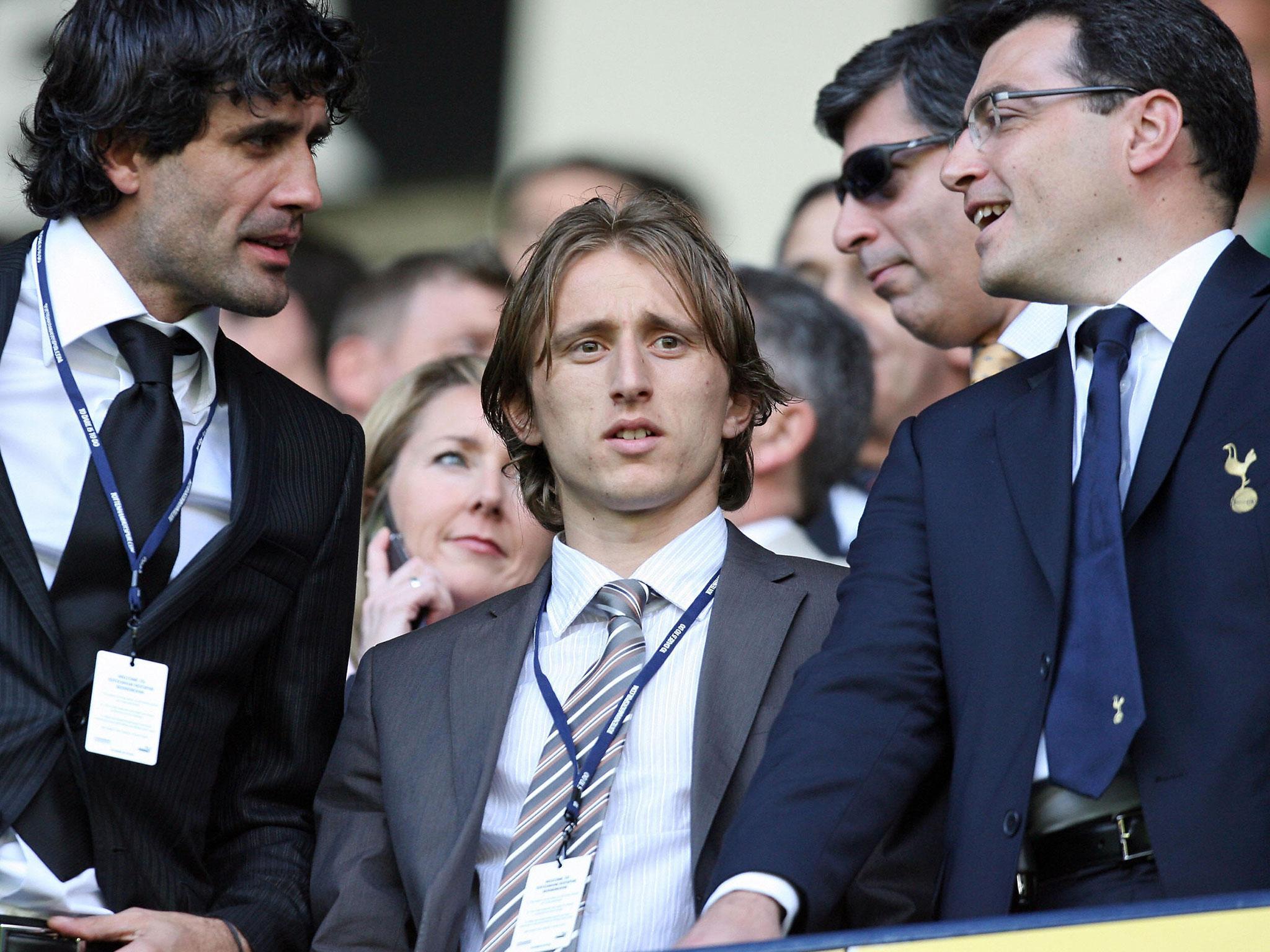
It was late April 2008 and those at the top of Tottenham were getting nervous. They had been chasing Luka Modric, Dinamo Zagreb’s brilliant little midfielder, for almost a year but all of a sudden they had competition. Sven-Goran Eriksson’s Manchester City were interested, Kevin Keegan’s Newcastle United were desperate for him, the Italian giants were on alert and even Barcelona were keen, although they had doubts about the maturity of the 22-year-old to step up and play at the Nou Camp.
Tottenham had been first to Modric and did not want all of their work to go to waste. So director of football Damien Comolli anxiously called Daniel Levy early one morning from the car park of Spurs Lodge, their rickety old training base in Chigwell.
“We felt that that the longer we waited, the more chance there was of losing the player,” Comolli remembers. “If we didn’t do the deal in the next two or three days, it is almost a year’s worth of work going in the bin because we were going to lose the player. So that is when Daniel worked his magic. Daniel being Daniel, he just put the phone down, got his stuff, jumped on a private jet and flew to Zagreb. He called me that night at 3am saying he had done the deal. We had Modric.”
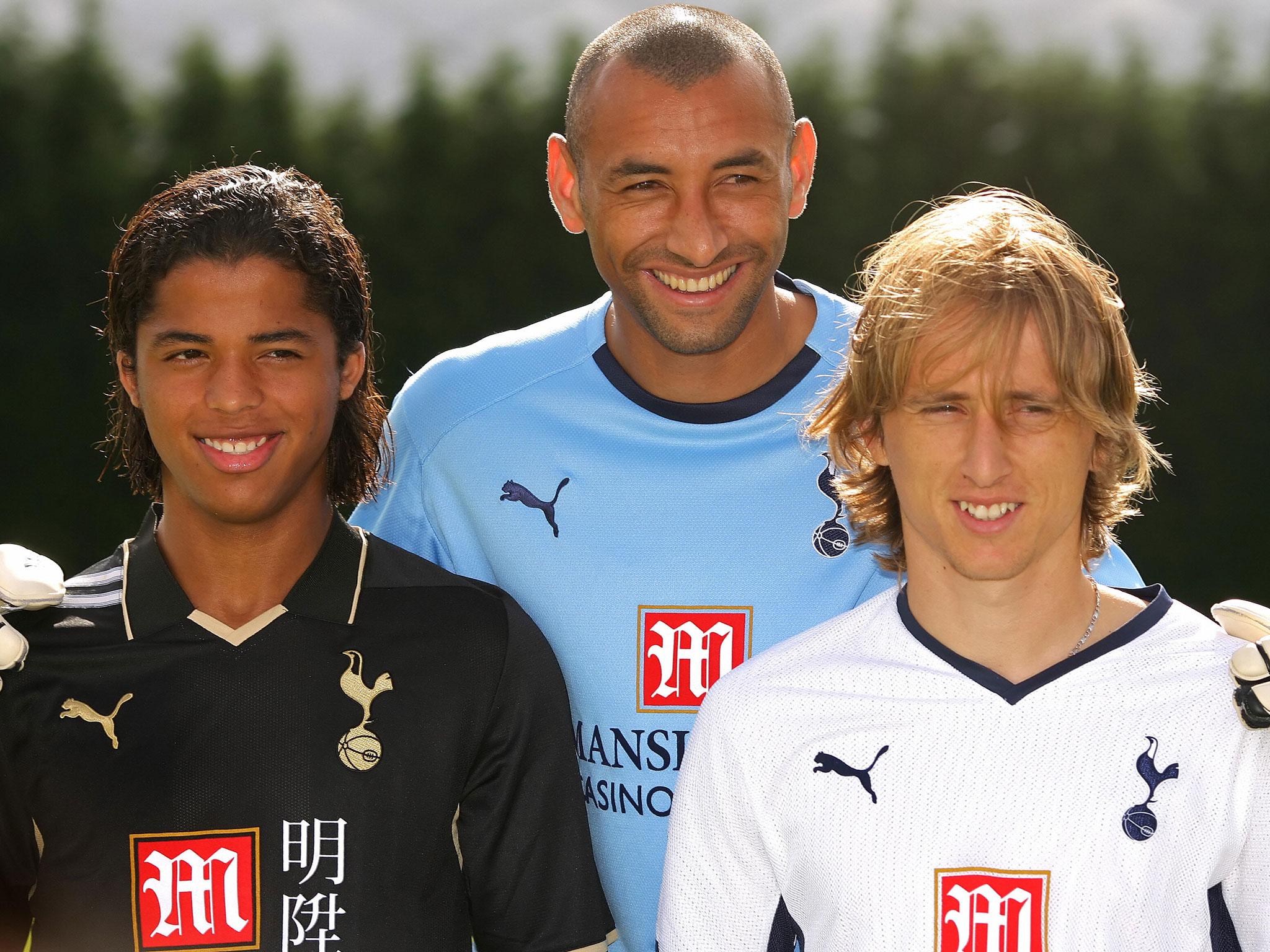
Almost 10 years on the signing of Modric remains one of Spurs’ best of the Levy era. They paid £16.5million for him, got four brilliant seasons out of him and then sold him for £30m to Real Madrid. Five years later he is still there and on Tuesday night he will welcome his former team to his new home. And he will do so with an established reputation as the best central midfielder of his generation, having guided Real Madrid to three Champions League titles in the last four years, alongside another former Spurs team-mate, Gareth Bale.
So the success of Modric and Bale at Madrid, being part of a team that has made history by retaining the Champions League, is also a thumping vindication of the decisions Tottenham took to sign those two players in the first place.
It all happened because of Spurs’ desperation to break into the top four after consecutive fifth-placed finishes. “I was looking at the data of what separated Spurs from the top four of the time,” Comolli remembers. “It was the percentage of successful passes in the final third, and the percentage of possession in the opponent’s half, that is where we were really behind. That is why I wanted players who were more technical, more creative. That is the only way we were going to catch up.” So in 2006 Spurs signed Dimitar Berbatov from Bayer Leverkusen and the next year they added a 17-year-old Bale too.
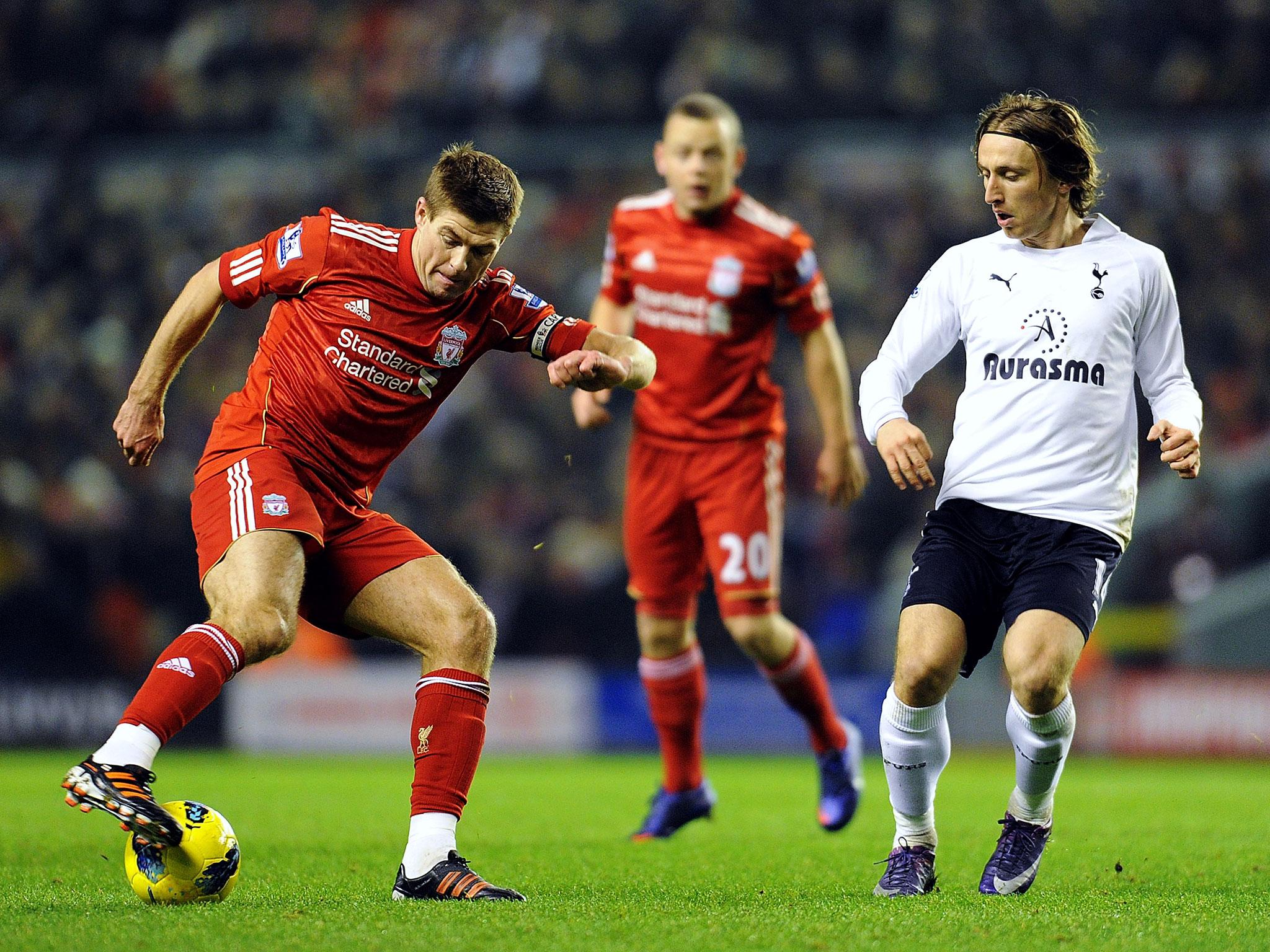
Tottenham’s scout covering Italy and the Balkans back then was Riccardo Pecini, who is now sporting director at Sampdoria. He found Modric playing for Dinamo Zagreb, where the little midfielder was starting to shine. He had been sent on loans to Bosnian side Zrinjski Mostar and to Inter Zapresic to toughen him up, but as he turned 20 he established himself in the Dinamo Zagreb first team and, soon enough, as the best player in Croatia.
So Pecini told Comolli, who in turn “fell in love” with Modric after watching him. When Croatia came to Wembley in November 2007 – the game most famous for Steve McClaren’s umbrella – Spurs had a chance to see Modric up close and playing at an elite level. They loved what they saw from the 22-year-old and so in December they met Dinamo Zagreb executive director Zdravko Mamic to discuss a deal. But Mamic asked for too much money and nothing could be agreed.
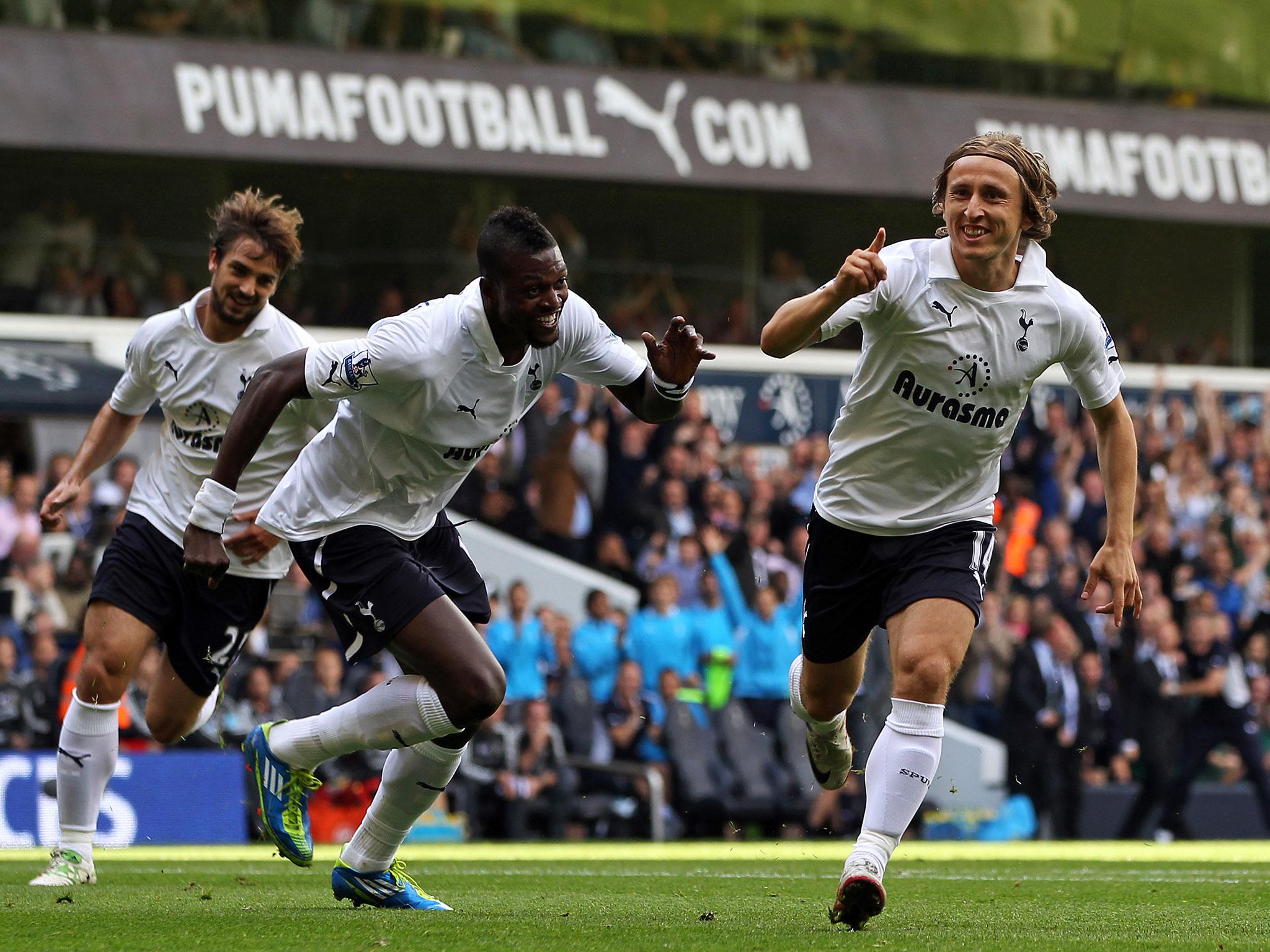
But Tottenham were determined, so they kept going until they got him. “We were convinced he was an incredible young player, and that he could become one of the best midfielders in the Premier League,” Comolli says. “I got slaughtered at the time: he’s too small, too weak, doesn’t score goals, doesn’t make goals. But what we were looking at is that because he’s always available, playing in between the lines, he constantly makes the pass before the assist. What we call the ‘second assist.’’
Modric shone at Euro 2008 but arrived into a struggling Tottenham team in the last days of Juande Ramos. He found the Premier League difficult at first but in training he was brilliant from day one. Jamie O’Hara had been playing in midfield before Modric arrived and remembers how he was one step ahead of everyone else.
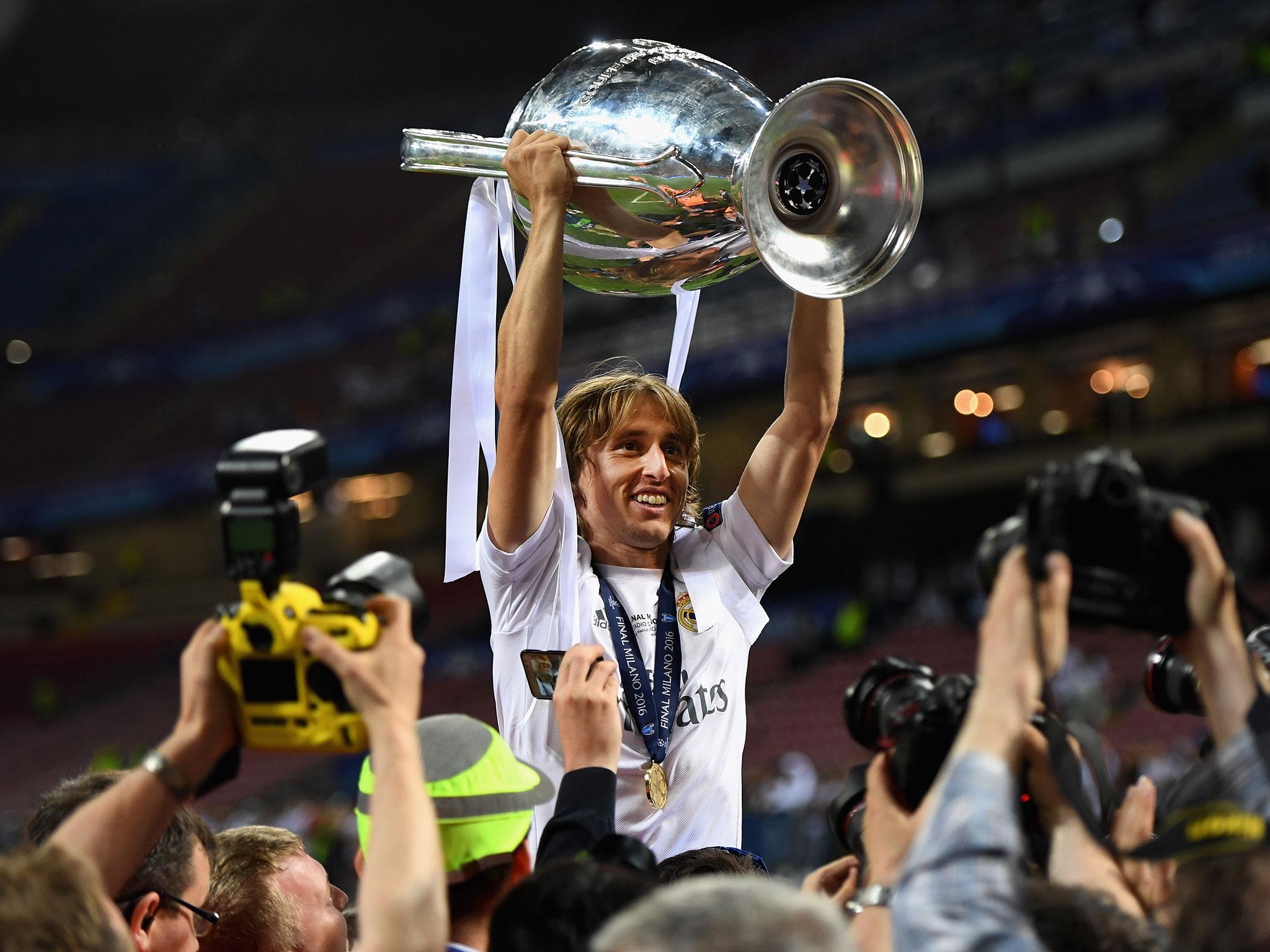
“In training you couldn’t get the ball off him,” O’Hara remembers. “Even though he was so small, his calves were like absolute bricks, he was so strong and had this low centre of gravity. But the biggest thing was his first touch. He knew where to take it, whether you were coming from the left, coming from the right, diving in or trying to stand him up. So he could always give himself space.” On top of that technical skill was a football brain operating on another level from the rest. “He knew what he was going to with the ball three passes before he even got it,” O’Hara says. “His brain just worked a lot quicker than everyone else’s.”
Soon enough Ramos was sacked and when Harry Redknapp took over he was not sure exactly what to do with Modric. He thought, perhaps understandably, that Modric was like Eyal Berkovic, dangerous with the ball but ineffective without it. At first Redknapp played Modric off the left, where he was very good and soon enough he realised – despite the protestations of his coaching staff – that Modric could be trusted in a midfield two. He was rewarded with brilliant football and two fourth-placed finishes. But Modric had outgrown Tottenham and five years after leaving he is still somehow getting better.
Join our commenting forum
Join thought-provoking conversations, follow other Independent readers and see their replies
Comments